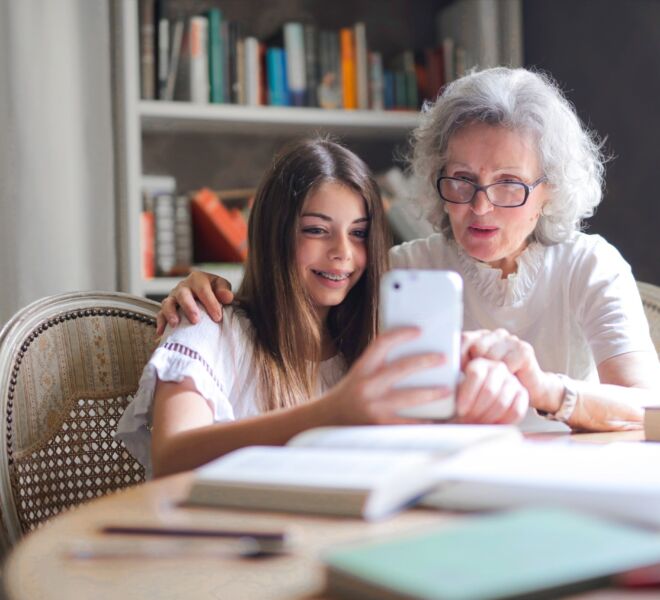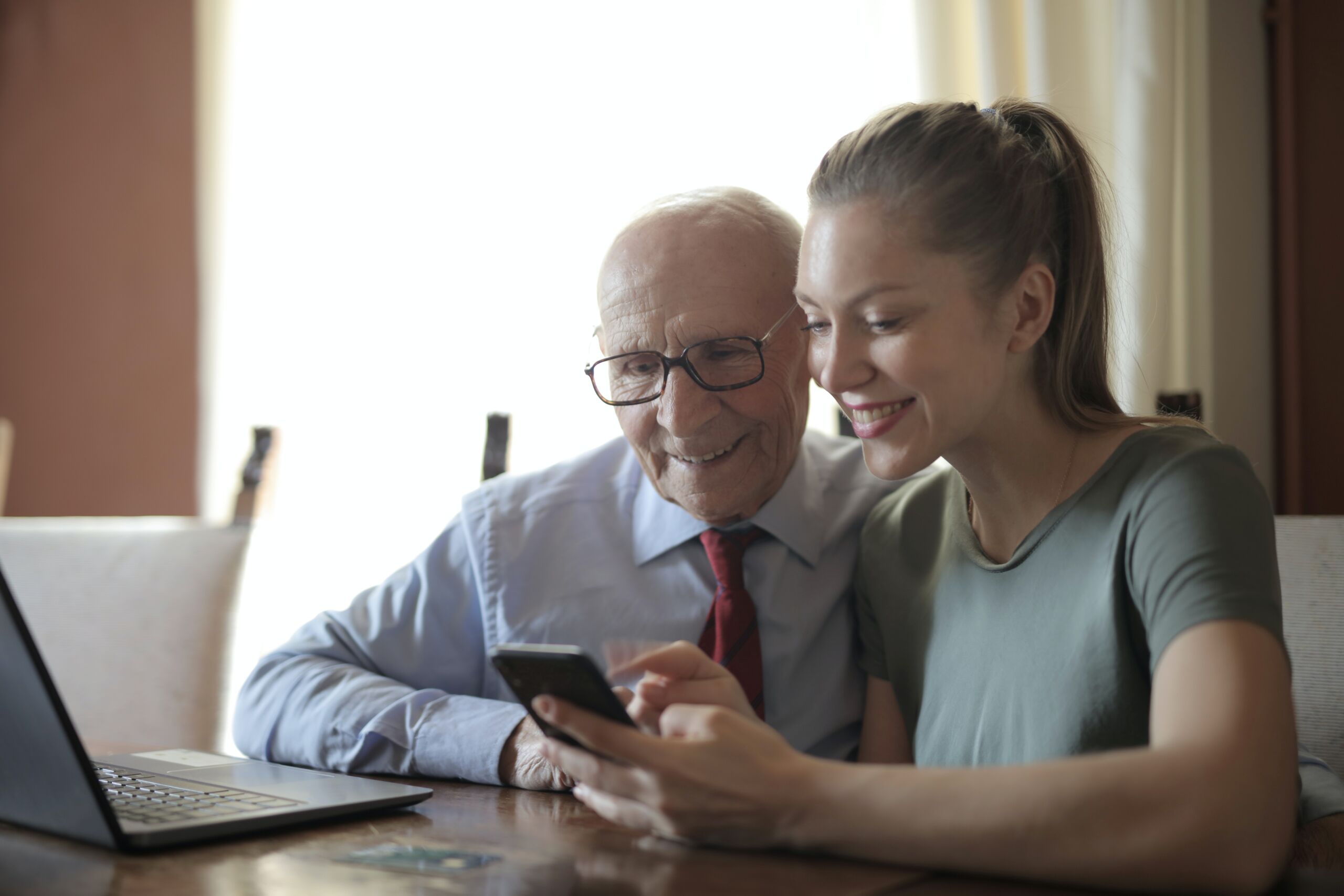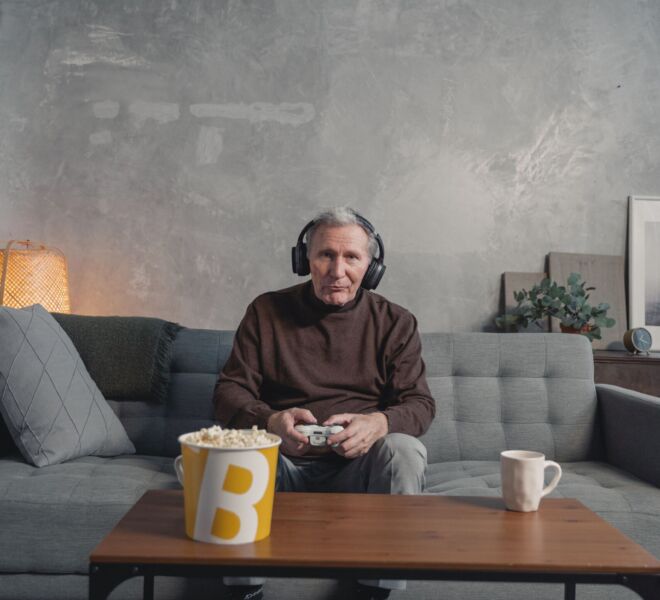
According to this report: by 2065, 1 in 2.6 people will be 65 years old and over, and 1 in 3.9 will be 75 years old and over. This represents a huge opportunity for marketers to reach out to the elderly. Nowadays, advertising campaigns that target seniors are offensive and aim at solving problems related to age only, like safer bathtubs or adult diapers.
But people don’t stop living and having fun after 60 years old, they do more than just stay at home and playing go. This makes them a great marketing opportunity.
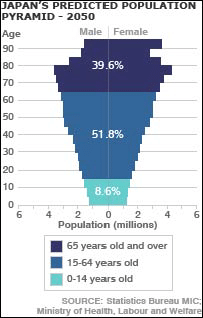
Japan has a large amount of data concerning the elderly. This includes care plans to medical data and passing by assessments.
Foreign companies could use these data to sell the adapted products. By 2025, since 30% of its population will be over 65, innovative products will be needed. Since infrastructure such as retirement homes or other healthcare facilities are also lacking, at-home services or funeral services are flourishing, but it remains costly.
As a result, many seniors plan to continue working after retirement age to not feel like a burden and to earn more money. So it is common to see seniors working in convenience stores, mom-and-pop stores, restaurants, or for their company. However, The purchasing power of retirees is expected to decline.
Life expectancy in Japan has climbed to 84 years, among the highest in the world. With a declining population and an aging workforce, the economy will be even more impacted than ever before.
According to Nippon.com, seniors’ consumption is growing while the consumption rate of people aged less than 60s is decreasing each year. For households, those whose heads were older than 60 spend JPY 230,000 monthly, against JPY 275,000 for younger households.
In terms of consumption, the largest items are food, then medical and social items. Seniors prefer fresh and healthy food and eat less outside, compared to younger people. On one hand, prepared meals have become popular among people in their 60s since many women cannot (or don’t want to) cook for their retired husbands three times a day. On the other hand, they spend less money on transportation, clothing (including footwear), and housing.
Seniors tend to consume early in the morning, but also in the evening, often for food. They have also gotten into the habit of buying online.
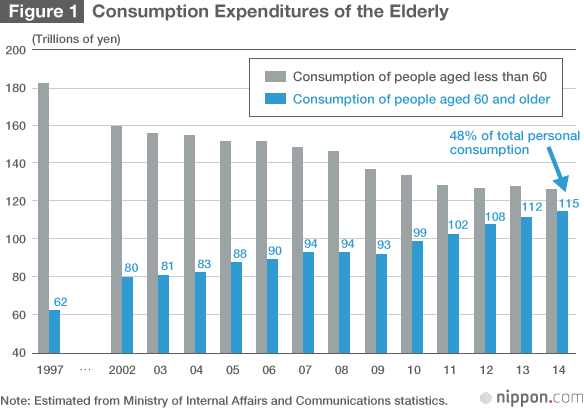
An official study by the government’s Communications Usage Trend Survey revealed that between 2001 and 2012 ‘the percentage of Internet users rose from 19.2% to 71.8% among Japanese seniors in the 60–64 age group, from 12.3% to 62.7% in the 65–69 bracket, and from 5.8% to 48.7% among those aged 70–79’ (Nippon.com). The problems of shopping ‘physically’ are solved thanks to the spread of e-commerce websites.
Besides, many seniors feel the need to spend money to buy what they have always wanted to, to break the routine, or just to spend their money.
It is essential to know your target audience, so hiring older employees and conducting your surveys can be helpful to get some insight. Don’t listen to stereotypes, but listen to people. Also, you can divide your target into 4 parts, according to Cross Marketing:
- Seniors with assets and a stable income.
- They tend to buy more luxurious items and utilize advanced medicines and healthcare technologies.
- Seniors who live on pensions.
- They spend more money on their hobbies (music, films, photography, etc.)
- Seniors with quite a high purchasing power, want to stay healthy.
- Subdivided into 2 groups: wealthy people and people who invest a lot in treatment, nursing care, and healthy food.
- Seniors with quite a low purchasing power, who want to stay healthy
- Subdivided into 2 groups: people with good health and people with poor health.
Healthcare technologies has gotten better over the years, and elderly people are starting to be interested in AI, IoT, etc., and SNS. They like communicating with their family or friends without leaving home or having to use public transportation.
New technologies will also help people to access better healthcare, and many companies are focusing on fulfilling seniors’ needs. Why not yours?



